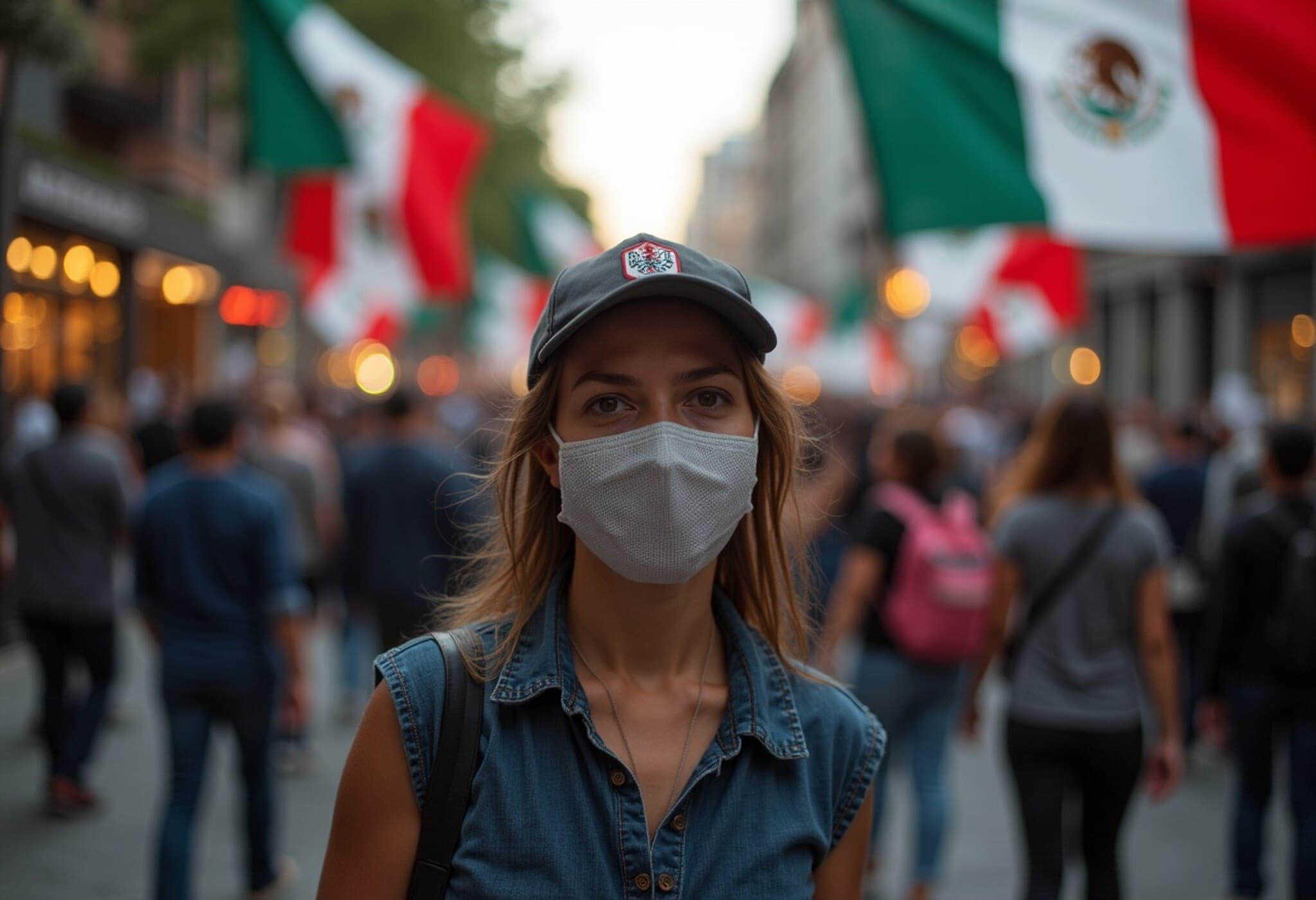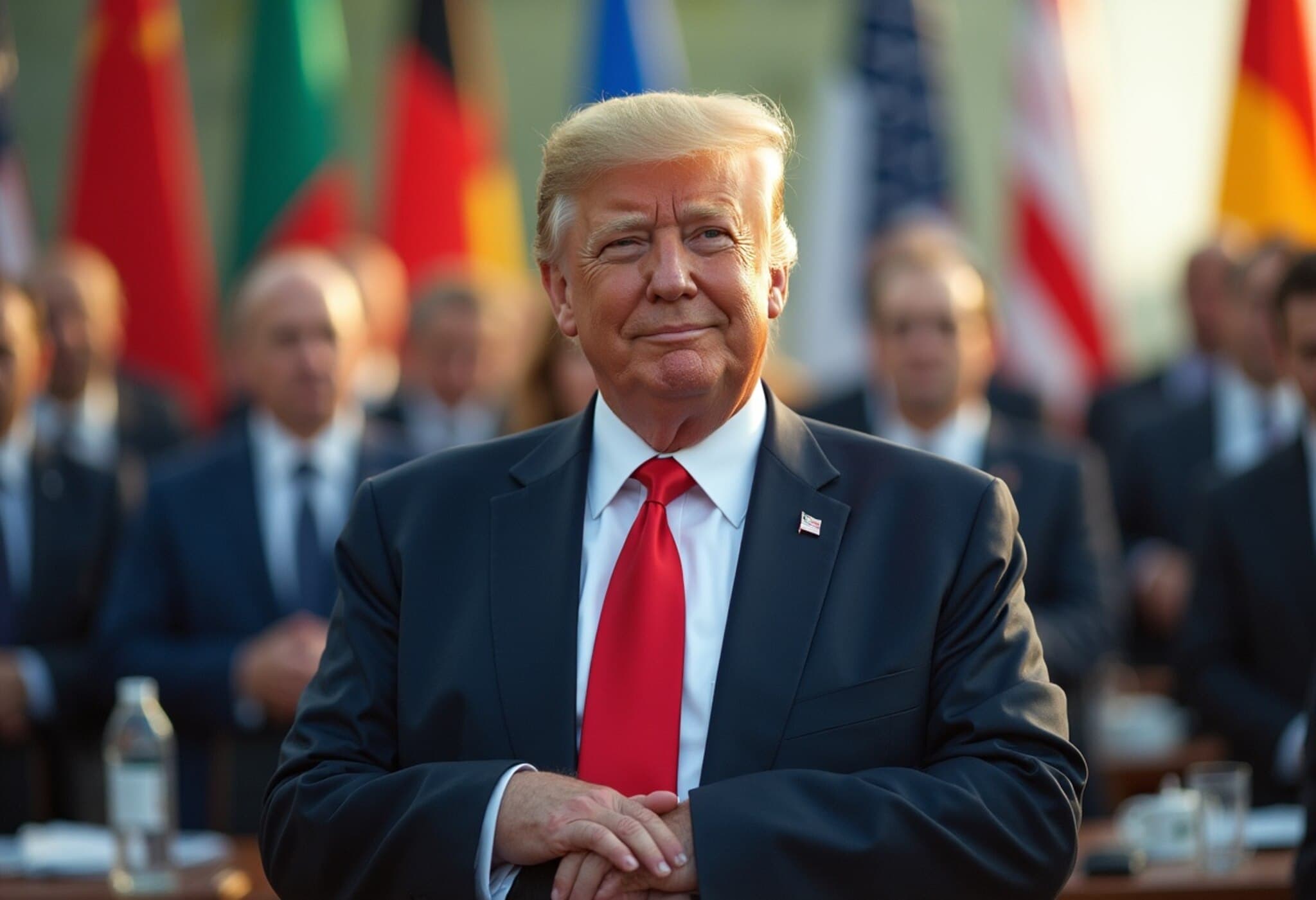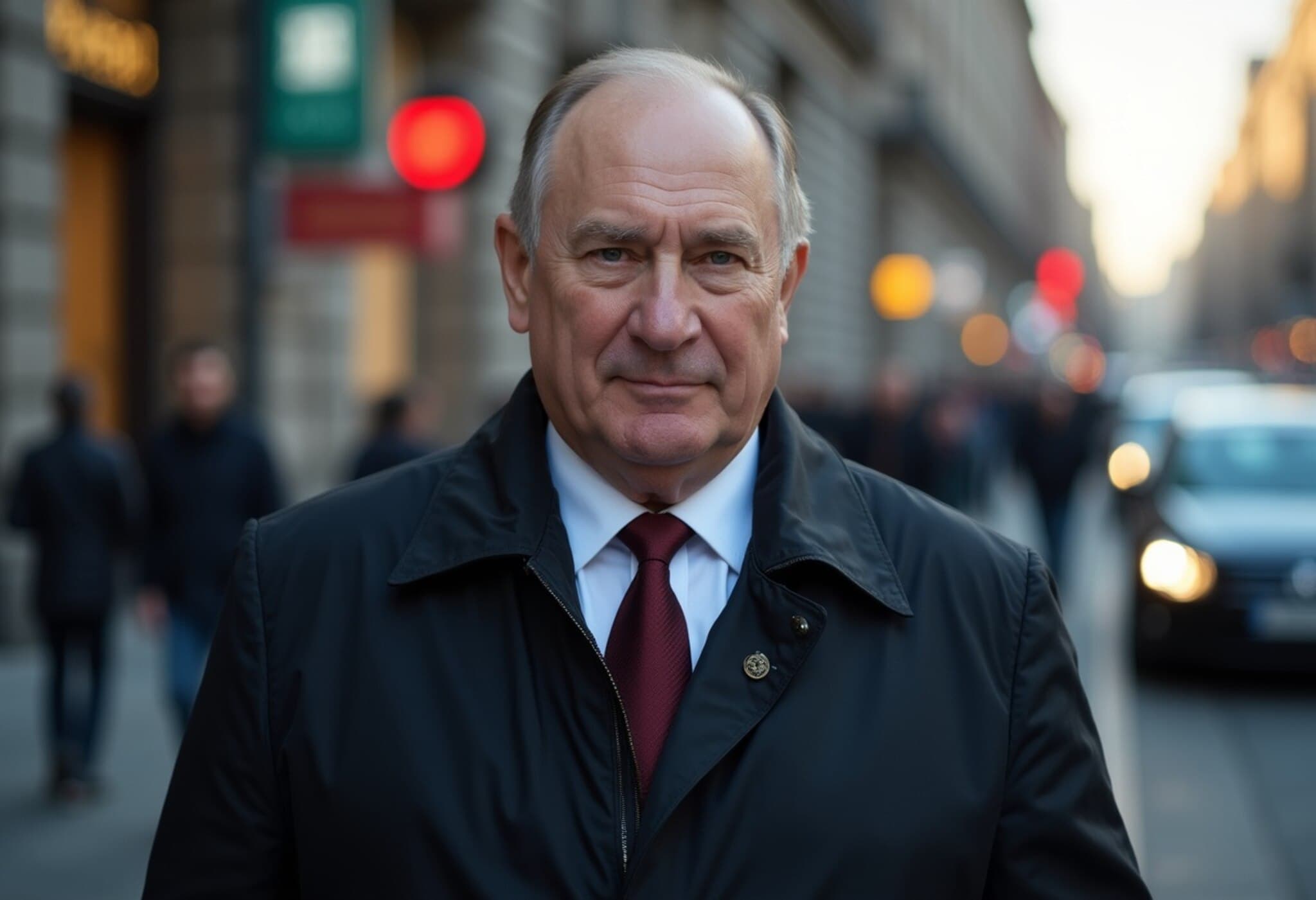Mexico City Grapples with Rising Tensions Amid Influx of Remote Workers
On a sweltering Friday in Mexico City, the air thickened not just with heat but with palpable frustration. Protesters marched through the city's central neighborhoods of Condesa and Roma, unleashing a wave of anger directed at a growing population of remote workers—mostly foreigners—whose presence has been reshaping the urban landscape and fueling economic strains for longtime residents.
Voices from the Streets: A Clash of Cultures and Economies
Hand-painted signs and assertive graffiti sent a clear message: “Gringo, go home!”, “Speak Spanish or Die!”, and “Gentrification is colonization!” were among the slogans expressing deep-rooted resentment. The protest escalated to ransacking of remote work hubs, actions that drew immediate condemnation from Mexico City's president, Claudia Sheinbaum.
Yet, President Sheinbaum did not dismiss the grievances, instead recognizing the underlying tensions caused by an uneven economic playing field. “If they make a living in dollars and don’t pay taxes here, we are just in unequal circumstances,” commented Daniela Grave, a protest participant. For many Mexicans, the dollar-earning expatriates hold disproportionate influence in the city's economy, driving up rent and food prices in historically working-class neighborhoods.
Remote Work Boom Meets Urban Transformation
The roots of this friction trace back to the pandemic era when remote workers seeking a more affordable lifestyle flocked to Mexico City. Neighborhoods like Condesa and Roma—once emblematic of Mexico City's bohemian charm—have undergone rapid commercialization. English has gradually replaced Spanish as the lingua franca in numerous cafes. Meanwhile, co-working spaces, chic Pilates studios, gourmet food markets, and high-end boutiques now dominate avenues that were once home to local artisans and small businesses.
- Economic Displacement: Longtime residents face soaring rents, forcing many to relocate to the city's periphery or beyond.
- Cultural Shifts: The dominance of foreign workers has raised questions about cultural preservation and linguistic identity.
- Taxation and Regulation: Calls are growing for policies to ensure foreigners contributing to local demand also contribute financially through taxes.
A Broader Look: The Global Urban Dilemma
Mexico City’s challenge is not isolated. Cities worldwide—from Barcelona to San Francisco—are wrestling with gentrification propelled by affluent expatriates and tech workers reshaping economies and urban identities. The unique twist here is the juxtaposition of post-pandemic remote work trends with Mexico City’s distinct cultural tapestry and economic realities.
Experts suggest that addressing these tensions requires nuanced policy-making that balances economic development with social equity. Integrating foreign workers into tax frameworks, protecting affordable housing, and supporting local businesses might ease the growing divide.
Looking Ahead: Can Mexico City Reconcile Growth and Community?
The scene in Mexico City’s streets reveals a city at a crossroads. Will regulatory reforms and community engagement pave the way for coexistence, or will divisions deepen? As urban centers become magnets for global talent, the stakes for preserving cultural identity while embracing modernization have never been higher.
Editor’s Note
This wave of protests in Mexico City underscores a critical global challenge: how cities can balance the benefits of globalization and remote work with protecting the rights and livelihoods of existing communities. The demands to regulate economic disparities and cultural impacts are a poignant reminder that urban growth cannot come at the expense of social justice. Readers should consider how similar dynamics are unfolding in their own cities and the possible policy tools that can foster inclusive urban environments.











